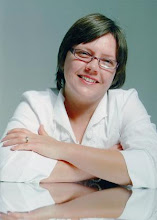“We don’t have to be superheroes to have an incredible experience as an artist.” – Anthony Ryder
Copyright 2011, Anthony Ryder
Day 5
Santa Fe, New Mexico
By the 5th day in class, the demonstration that Anthony Ryder was working on began to take shape. The hair became life-like.
Tufts of hair come out of the forehead. To draw hair this way, you need to work on the negative drawing. Toned paper works best when drawing hair.
Draw what you see. Draw the fuzzy edges. Don’t draw what you “know” is there.
A strand of hair has a fullness about it.
Multiple hair strands are a little like the Blue Ridge mountains, going off in the distance.
When you draw the parting of the hair, you can draw it kind of like a valley.
The line and the light need to agree.
The funny overlap and gaps are what you need to look for when drawing hair.
To make the tonal direction of the hair, go across the grain of hair.
When drawing ears, watch for the movement within the ear. The way the ear functions is kind of like a radar dish or trumpet.
When drawing the nose, the highlights of the nose are no fly zones.
Anthony & Celeste Ryder studied under Ted Seth Jacobs while learning the technique of drawing light on form. Ted was born in 1927 and studied during WWII. Ted created restructured realism.
Ted Seth Jacobs has written several books. Drawing with an Open Mind is one that has been popular with artists. He has a new one that I would someday hope to have in my library, The Dictionary of Human Form.
I had finally moved past the block-in stages of drawing into the shading. We had worked on “Cheryl” for two afternoons. Here is what I accomplished during that time.



No comments:
Post a Comment